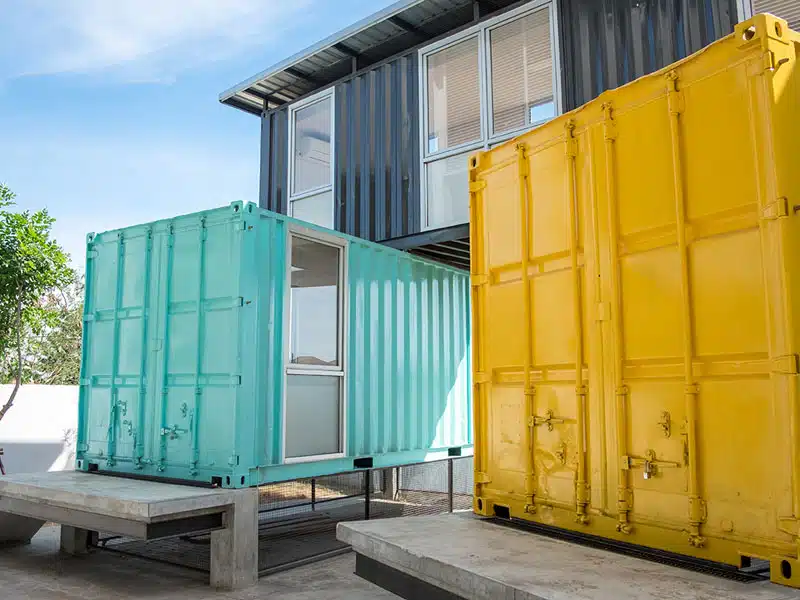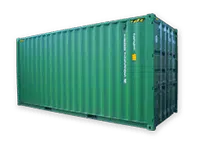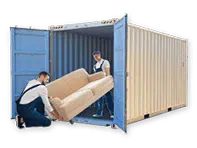Are you thinking about building a container home? If so you’re not alone, using shipping containers for building container homes has become quite a trend over the last decade. Port are Australia’s leading shipping container company, and we would like to share a few DIY tips for your next big project.
1. Buying the Right Shipping Container
A common mistake people make when purchasing a container for the sole purpose of building a home is getting the wrong height. Shipping containers come in both General Purpose and High Cube Types. High Cube Containers stand at 9 foot and 6 inches tall, and are 1 foot higher than General Purpose containers. With the extra height, you can add insulation and still have adequate head room.
Buy a new, good quality container. Go to the yard that the container lives and check it out thoroughly for leaks, rust or damage. If you can’t get there, get the company to send through detailed photos of the inside and out. If you buy a used container, you end up running the risk of costs to repair damage.
2. Building Regulations and Research
Have you researched whether your home will comply with the local planning regulations? Don’t make the mistake of building your home and then being told you have to take it down…
Make sure you check with your local council and have approval for your new building.
Consider the following before starting:
- Do you have a plan or good idea of what you want to build?
- Do you have a plot of land to build on?
- Have you consulted with an Architect and have proper scaled drawings done for your home?
3. Cutting too much away from containers
A common mistake made is the cutting away of too much steel from the containers. When you over modify containers or cut too much steel away, you run the risk of reducing the structural strength of each unit. Please keep this in mind when designing and planning your next project
4. Choosing the right insulation
There are a few things to consider about insulation when building your new container home, like considering your local climate. When choosing a type of insulation, think about whether there is alot of rain, heat or if it is a dry climate. Do some research on types of insulation that is suitable to your climate e.g. use a spray foam to create a seamless vapour barrier if you’re in a climate with lots of rain.
Spray foam insulation is best used in most circumstances, but there are many other types of insulation you can use, read more about insulation types here.
5. Building Company / Contractor
When you choose builder (if you aren’t building it yourself) make sure the builder has experience in building with shipping containers. This will save time and money by reducing the number of mistakes. Finding a builder with experience in shipping container homes will also ensure the quality will be better.
Click here for more detailed information on shipping containers.








